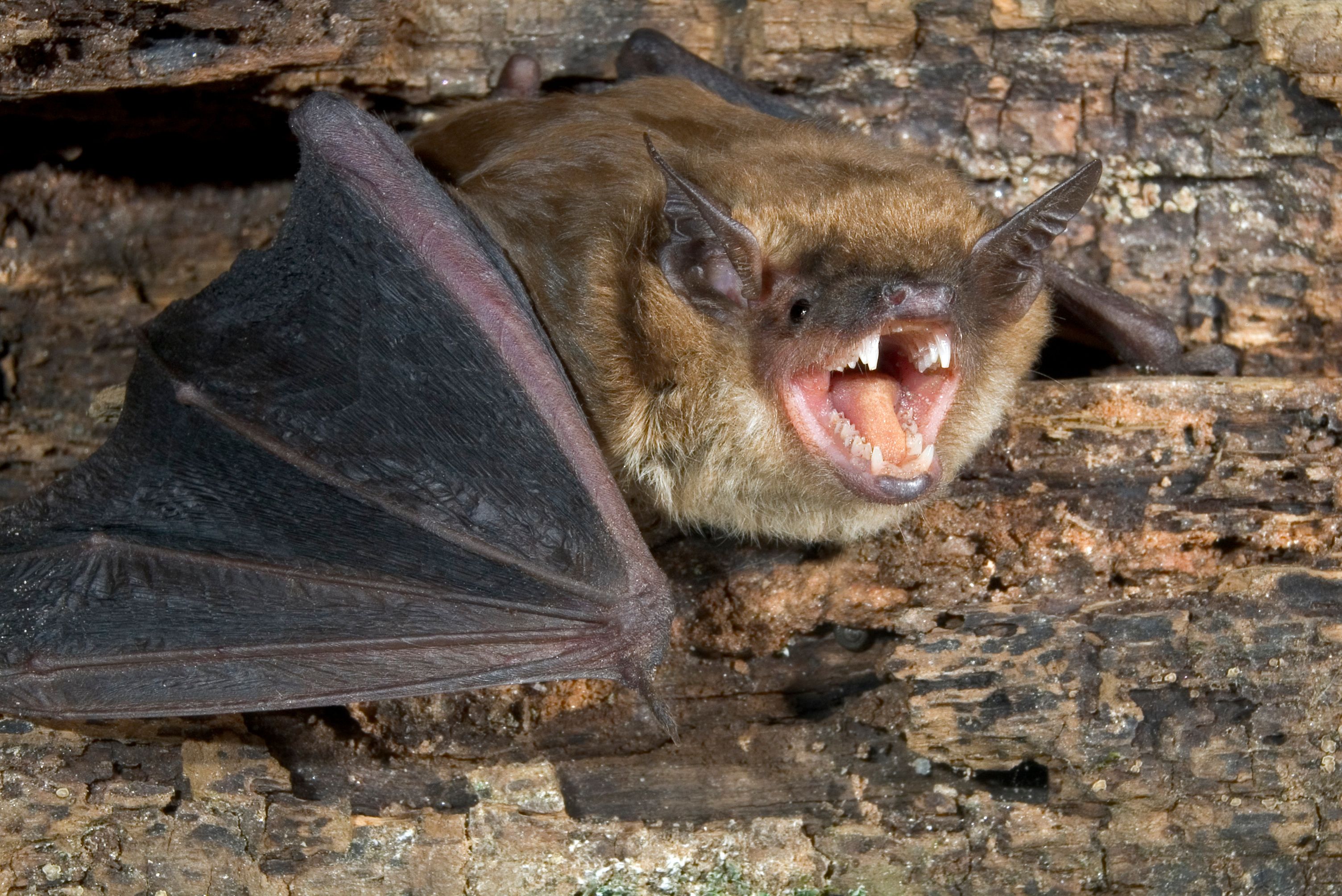World Rabies Day raises awareness of transmission risks between mammals
Veterinary professionals can educate clients about preventive care and One Health
Photo: Ivan Kuzmin/Adobe Stock

This article was updated October 2, 2023.
Advancements in rabies prevention have shown to help to reduce transmissions between animals and humans. However, rabies continues to pose a health risk to pets, livestock, and other mammals. World Rabies Day, created by the Global Alliance for Rabies Control, aims to increase awareness of the disease and how it affects One Health.
In the United States, animal rabies cases are reported to the CDC approximately 5000 times each year. Of those cases, more than 90% are attributed to wildlife as principal infection reservoir hosts including bats, raccoons, skunks, and foxes.2 Rabies have also been reported in dogs, cats, ferrets, horses, farm animals, and other species. “Squirrels and mice can [also] get it but are not considered to be high risk,” said Janice O’Brien, DVM, MPh, DACVPM, a One Health practitioner who has served on rabies advisory boards, during her lecture at the 2023 Fetch dvm360 conference in Kansas City, Missouri.3
In humans, approximately 25% of the 127 rabies cases reported between 1960 and 2018 were associated to dog bites, while 70% of the reported cases were attributed to bat exposure.2 “People love the wildlife, and unfortunately, that wildlife has risks,” said O’Brien.
Transmission of rabies is through saliva via a scratch, a bite, an open wound, or mucous membrane, O’Brien noted. Clinical signs are variable and include aggressive behavior, excessive wetness at the mouth, unusual tameness, a paralytic appearance, problems swallowing, and general illness.3,4 “[Animals] are going to be showing neurologic signs by the time they’re infective. It’s 100% fatal [to them],” she said.
Prevention therapies have proven effective for reducing the prevalence of rabies in the United States. According to the CDC, more than 100 human deaths caused by rabies infection were annually reported in the early 20th century, while only 1-2 rabies-associated human deaths have been reported each year since 1960.2 Fewer than 20 individuals are known to have survived clinical rabies in the US. Of those survivors, only a few had no history of pre-prophylaxis or PEP.
The CDC credits pet vaccinations, animal control programs, public health surveillance and testing, and post-exposure prophylaxis (PEP) with helping to reduce the number of human deaths from the disease. Each year, more than 60,000 individuals in the US receive PEP following suspected exposure through a bite or scratch. However, O’Brien cautioned that PEP isn’t always effective in humans, while also noted that in rare cases, about 4%, confirmed rabid dogs had been previously vaccinated against the disease, although those inoculations weren't necessarily up to date.
Administration of a rabies vaccine is now legally mandated for dogs in many US jurisdictions because of the high rate of fatality with infection. Routine rabies vaccination in owned dogs eliminated the canine rabies virus variant in the United States from circulation in 2008, according to the American Animal Hospital Association, while cases with dogs infected by other rabies strains are still being reported domestically.
“Beyond the scope of the US, 56,000 [humans], mostly children, die every year, globally, from the canine variant of rabies,” said O’Brien. She cited the 2023 federal ban on dogs entering the United States from countries with a high risk of canine rabies as an example of government action being taken to reduce infection risk in the US.
Veterinary professionals can help spread rabies awareness by educating clients about the disease and preventive care. The results of a 2010 study about public knowledge of dog-associated zoonotic diseases, including rabies, showed that many individuals lack awareness of the threat to human health. The study, which surveyed 922 random households in Brazos County, Texas, indicated that only 59% of respondents were aware of the risk of fatality that rabies poses, while just 85% of respondents indicated they would seek emergency treatment if they believed they were exposed to rabies.
References
- World Rabies Day. Global Alliance for Rabies Control. Accessed September 28, 2023. https://rabiesalliance.org/world-rabies-day?utm_term=world%20rabies%20day&utm_campaign=Global+Alliance+for+Rabies+Control&utm_source=adwords&utm_medium=ppc&hsa_acc=5648548125&hsa_cam=32512685&hsa_grp=1179154445&hsa_ad=296438086997&hsa_src=g&hsa_tgt=kwd-330404126763&hsa_kw=world%20rabies%20day&hsa_mt=b&hsa_net=adwords&hsa_ver=3&gclid=CjwKCAjwyNSoBhA9EiwA5aYlb30_GKmD8EN2Nhw7jK9Jg06_o42rhhtKpXJdYiZo79YzJPchxGNszxoCMFsQAvD_BwE
- Rabies in the US. CDC. April 6, 2020. Accessed September 28, 2023. https://www.cdc.gov/rabies/location/usa/index.html
- O’Brien. Dogs, cats, and chicken, oh my! Presented at Fetch dvm360 conference; Kansas City, MO: August 25 to 27, 2023.
- Animals and rabies. CDC. January 6, 2022. Accessed September 28, 2023. https://www.cdc.gov/rabies/animals/index.html
- What are the signs and symptoms of rabies? CDC. December 23, 2021. Accessed September 28, 2023. https://www.cdc.gov/rabies/symptoms/index.html
- Rabies. American Animal Hospital Association. Accessed September 28, 2023. https://www.aaha.org/aaha-guidelines/2022-aaha-canine-vaccination-guidelines/key-vaccination-considerations-by-antigen/rabies/
- Bingham GM, Budke CM, Slater MR. Knowledge and perceptions of dog-associated zoonoses: Brazos County, Texas, USA. Prev Vet Med. 2010;93(2-3):211-221. doi:10.1016/j.prevetmed.2009.09.019
Newsletter
From exam room tips to practice management insights, get trusted veterinary news delivered straight to your inbox—subscribe to dvm360.